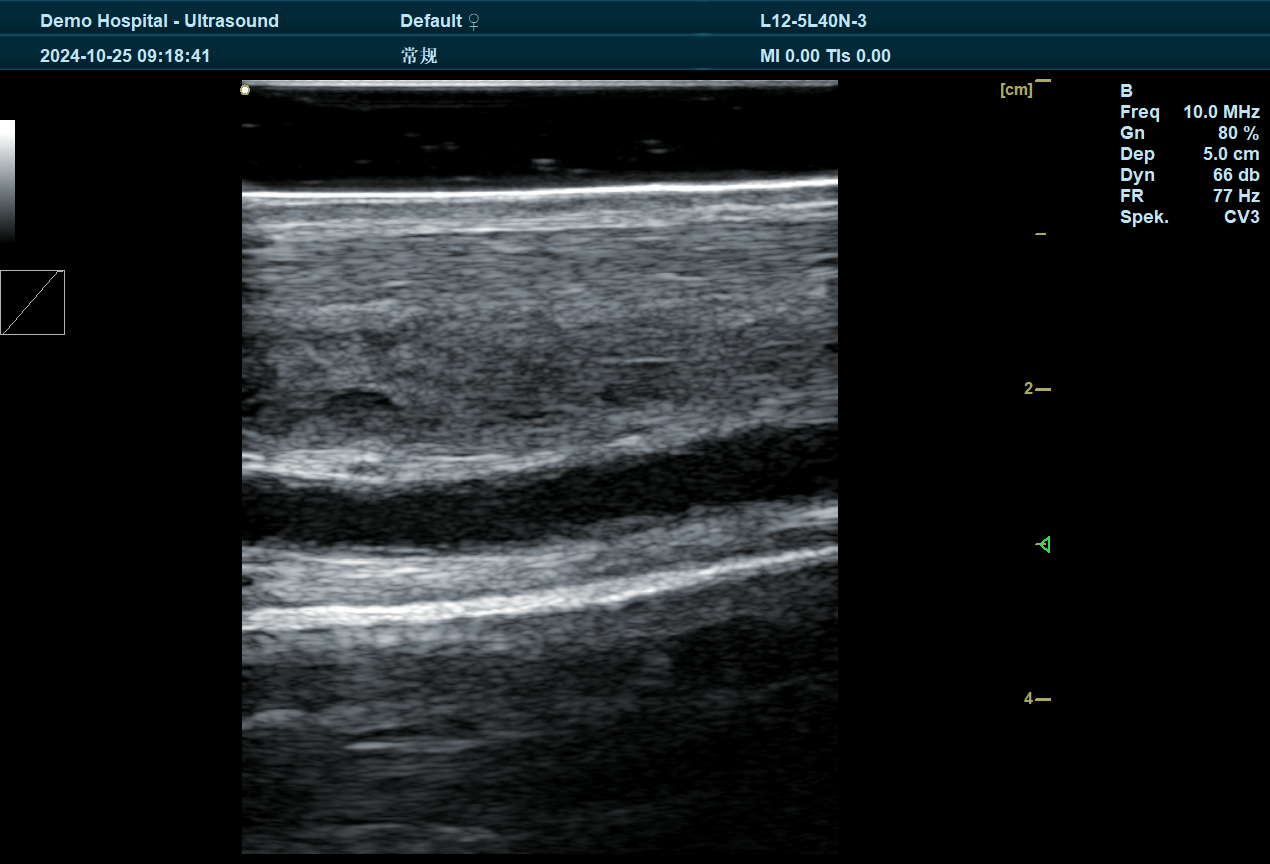Boxianglai ultrasound instruments have rapidly become a cornerstone in veterinary diagnostics. Renowned for their high-resolution imaging, user-friendly interfaces, and robust design, these devices are essential for modern veterinary practices. They offer non-invasive and cost-effective solutions for evaluating the health of various animal species, ranging from small pets to large livestock. This article delves into the diverse applications of Boxianglai ultrasound in veterinary medicine and highlights why these instruments are favored by professionals worldwide.

Understanding Veterinary Ultrasound
Veterinary ultrasound employs high-frequency sound waves to create real-time images of internal organs and tissues. This non-ionizing imaging technique allows veterinarians to:
- Detect soft tissue injuries and internal abnormalities
- Monitor reproductive health and fetal development
- Guide interventional procedures like biopsies and injections
Boxianglai ultrasound systems are engineered to deliver detailed images with precision, enabling early diagnosis and effective treatment planning.
Applications in Various Animal Species
Dogs and Cats
For small animals, Boxianglai instruments are used for:
- Abdominal Imaging: Evaluating liver, kidneys, and gastrointestinal tract for conditions such as tumors or organ dysfunction.
- Reproductive Assessments: Confirming pregnancies and monitoring fetal development.
- Cardiac Examinations: Detecting heart conditions with advanced Doppler capabilities.
Cattle and Livestock
In large animals, these ultrasound systems play a vital role in:
- Pregnancy Diagnosis: Early detection of pregnancy and monitoring fetal health.
- Reproductive Management: Assessing uterine and ovarian health for improved herd productivity.
- Disease Detection: Identifying conditions such as mastitis or liver diseases to prevent outbreaks.
Horses and Equine Care
Equine veterinarians use Boxianglai ultrasound for:
- Musculoskeletal Evaluation: Diagnosing tendon, ligament, and joint injuries.
- Reproductive Monitoring: Tracking the reproductive cycle and fetal development.
- Injury Assessment: Visualizing soft tissue damage to guide treatment decisions.
Small Ruminants and Exotic Animals
These instruments also serve in:
- Reproductive Management: Detecting pregnancies and reproductive disorders in sheep, goats, and even exotic species.
- Internal Organ Imaging: Non-invasively diagnosing organ diseases, which is particularly useful in wildlife care.
Key Features of Boxianglai Ultrasound Instruments
- High-Resolution Imaging: Offers clear visualization for accurate diagnosis.
- Portability and Durability: Designed for field use and demanding veterinary environments.
- Versatility: Equipped with various probes and imaging modes (B-mode, Doppler, etc.) to cater to different diagnostic needs.
- User-Friendly Interface: Simplifies operation, reducing the learning curve for veterinary staff.
Benefits in Veterinary Medicine
Using Boxianglai ultrasound instruments translates into:
- Early Diagnosis: Detecting health issues before they progress.
- Enhanced Treatment Outcomes: Real-time imaging supports precise interventions.
- Cost-Effective Care: Non-invasive examinations reduce the need for expensive surgical procedures.
- Improved Animal Welfare: Minimizes discomfort and stress during diagnostics.
tags: Ultrasound Instruments


